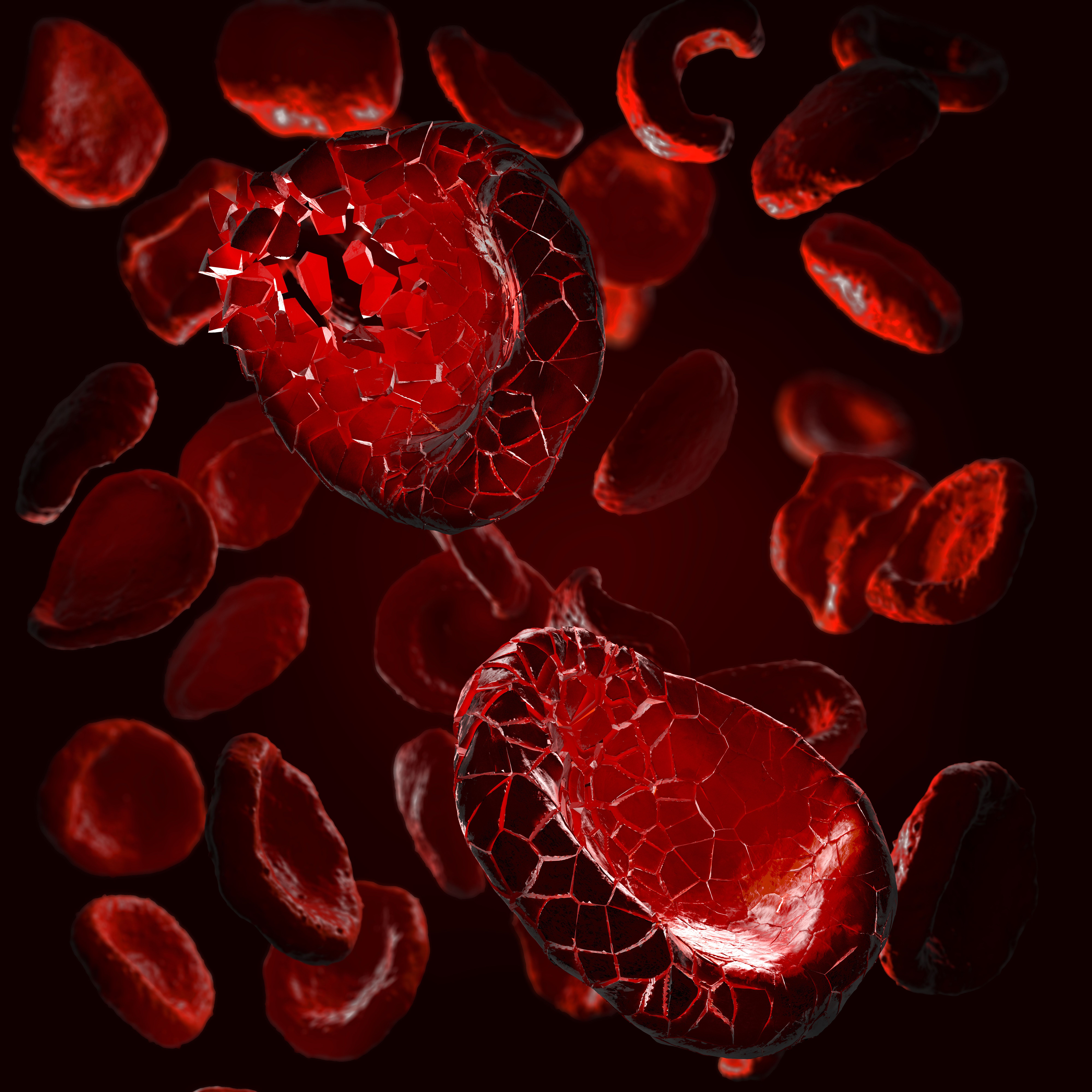20 Year Trends Show Stable Toxicity and Therapy Response in Phase 1 Hematologic Malignancy Trials
According to an analysis of 161 trials, patients and physicians should be encouraged to use phase 1 trials for meaningful therapy.

Over the past 20 years, response rates in phase 1 trials for the treatment of patients with hematologic cancers has increased while toxicities remain stable. This suggests that patients and physicians should be encouraged to use phase 1 studies for meaningful therapy, according to an analysis of 161 trials published in the Journal of Clinical Oncology.1
Researchers looked at 2404 evaluable patients who participated in phase I trials sponsored by the National Cancer Institute Cancer Therapy Evaluation Program between January 2000 and May 2019. An overall 1.81% (95% CI, 1.36%-2.27%) rate of grade 5 toxicities with no significant change over time was observed as well as a 25.1% (95% CI, 23.3%-26.8%) overall response rate (ORR) and 14.7% complete response (CR) rate for all trials during the study period.
A significant increase of the ORR and CR rates over time were seen with an ORR of 18.5% (95% CI, 16.6%-20.5%) in 2000-2005 increasing to 25.9% (95% CI, 23.2%-28.7%) in 2006-2012, followed by 50.6% (95% CI, 46.2%-55%) in 2013-2019 (P < .001). This increase was also seen for the CR rate among all patients starting at 10.5% (95% CI, 9.06%-12.2%) in 2000-2005, increasing to 17.3% (95% CI, 15.1%-19.7%) in 2006-2012, and then 26% (95% CI, 22.1%-30.4%) in 2013-2019 (P = .001).
However, researchers noted that this trend in response over time differed among patients depending on their disease type. For instance, while the ORR and CR rates improved over time for patients with lymphoma from 38.2% (95% CI, 32.5%-44.3%) in 2000-2005 to 61% (95% CI, 54.8%-66.9%) in 2013-2019, a lower ORR was seen over time for patients with acute myeloid leukemia (AML) starting at 14.3% (95% CI, 11.9%-17.2%) in 2000-2005 and decreasing to 13.2% (95% CI, 7.2%-23.2%) in 2013-2019. This was not reflected in the CR rates, but patients in the lymphoma and chronic lymphocytic leukemia (CLL) groups showed growth over time from 19.1% (95% CI, 14.7%-24.4%) to 34.9% (95% CI, 29%-41.2%) and 10.6% (95% CI, 5.43%-19.7%) to 14.6% (95% CI, 6.85%-28.6%).
According to the researchers, there was also a correlation between investigational agents, such as immunomodulatory drugs (iMIDs), in patients with AML and lymphoma, monoclonal antibodies for patients with lymphoma, CLL, and acute lymphocytic leukemia (ALL), and burton tyrosine kinase (BTK) inhibitors. Patients with lymphoma were associated with higher ORRs and CR rates, while histone deactylase (HDAC) inhibitors were associated with lower a ORR for patients with lymphoma. However, these were smaller sample sizes and data were not significant.
Over time, it was noted that the proportion of patients on combination trials increased from 42% in 2000-2005 to 79% in 2013-2019 (P < .001), and that patients on combination trials had significantly higher ORRs and CR rates compared to those that used monotherapies. This was seen across all diseases for patients with AML (ORR, 26.1% vs 6.7%, CR rate, 22.2% v 4.1%), myelodysplastic syndrome (MDS) (ORR, 13.3% vs 6.7%, CR rate, 6.7% v 3.7%), lymphoma (ORR, 47.6% vs 18.4%, CR rate, 26.4% vs 4%), CLL (ORR, 54.3% vs 6.8%, CR rate, 10.9% v 0%), ALL (ORR, 26.0% vs 5.4%, CR rate, 22.0% vs 0%), and myeloma (ORR, 18.8% vs 10%, CR rate, not assessed).
Among all patients, the median overall survival (OS) was 384 days (95% CI, 337-91 days) after enrollment with a 6-month OS rate of 52% for patients with AML, 77% in MDS, 84% in lymphoma, 94% in CLL, 30% in ALL, and 92% in myeloma. However, patients with ALL had a significantly shorter median OS at 100 days compared to other patients, but over time, patients with ALL had a significant OS increase (P = .0024) along with patients with AML (P < .001).
Patients with a performance score of 2 or more were also associated with longer OS (HR, 2.35; 95% CI, 1.91-2.91), and patients on combination trials (HR, 0.53; 95% CI, 0.31-0.89) and disease specific trials (HR, 0.41; 95% CI, 0.25-0.68) had a longer OS as well. Yet after trial enrollment, patients with less than 3.5 g/dL of albumin were associated with shorter survival (HR, 1.99; 95% CI, 1.63-2.42).
A total of 468 patients died while on the study with 60 deaths attributed to the trials treatment. The group with the highest grade 5 toxicities was 2.2% for patients with AML, compared with 3.8% in MDS, 0.7% in lymphoma, 1.7% in CLL, 1.6% with ALL, and 0.7% for patients with myeloma (P = .091). Many grade 5 toxicities were observed in patients with a performance score of 0-1 (P = .006) at 45%, but only 14.2% died during treatment (P < .001), respectively.
When comparing combination trials to monotherapy trials, the rate of grade 5 toxicities was not higher in combination therapies at 1.7% vs 2.1%. When comparing patients on disease specific trials, those patients had a higher risk of grade 5 toxicities vs all others at 2.7% vs 1.4%, respectively (OR, 1.87; 95% CI, 1.01-3.47). Those patients who received an investigational agent on this kind of trial had lower risk of death, according to the researchers.
Over time the rate of grade 5 toxicities did not change significantly, but did increase significantly for patients with lymphoma in 2013-2019 as the grade 5 toxicity rate was 0% from 2000-2012. The patients with the highest rate of death on the trial were those with AML at 295 patients (P < .001).
“These findings contradict the common belief of short, expected survival for patients with hematologic malignancies who have received multiple lines of standard therapy and are enrolled on a phase 1 trial,” the researchers concluded.